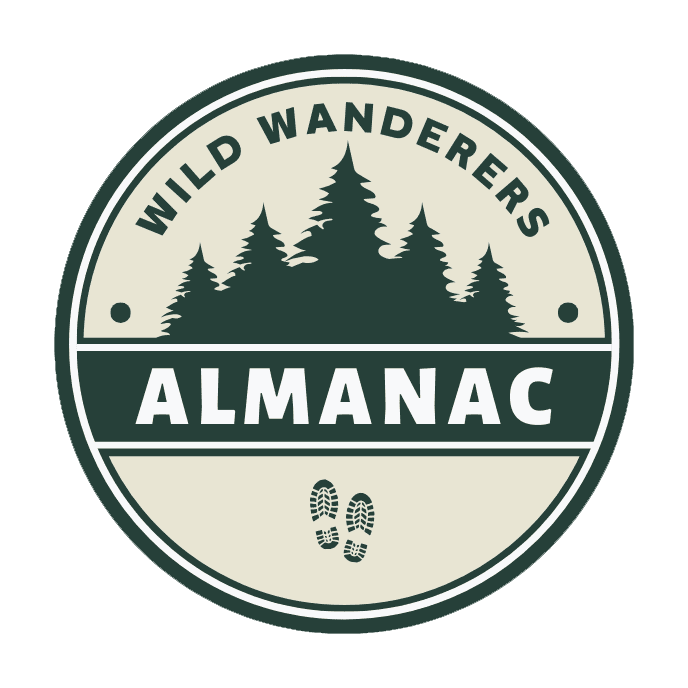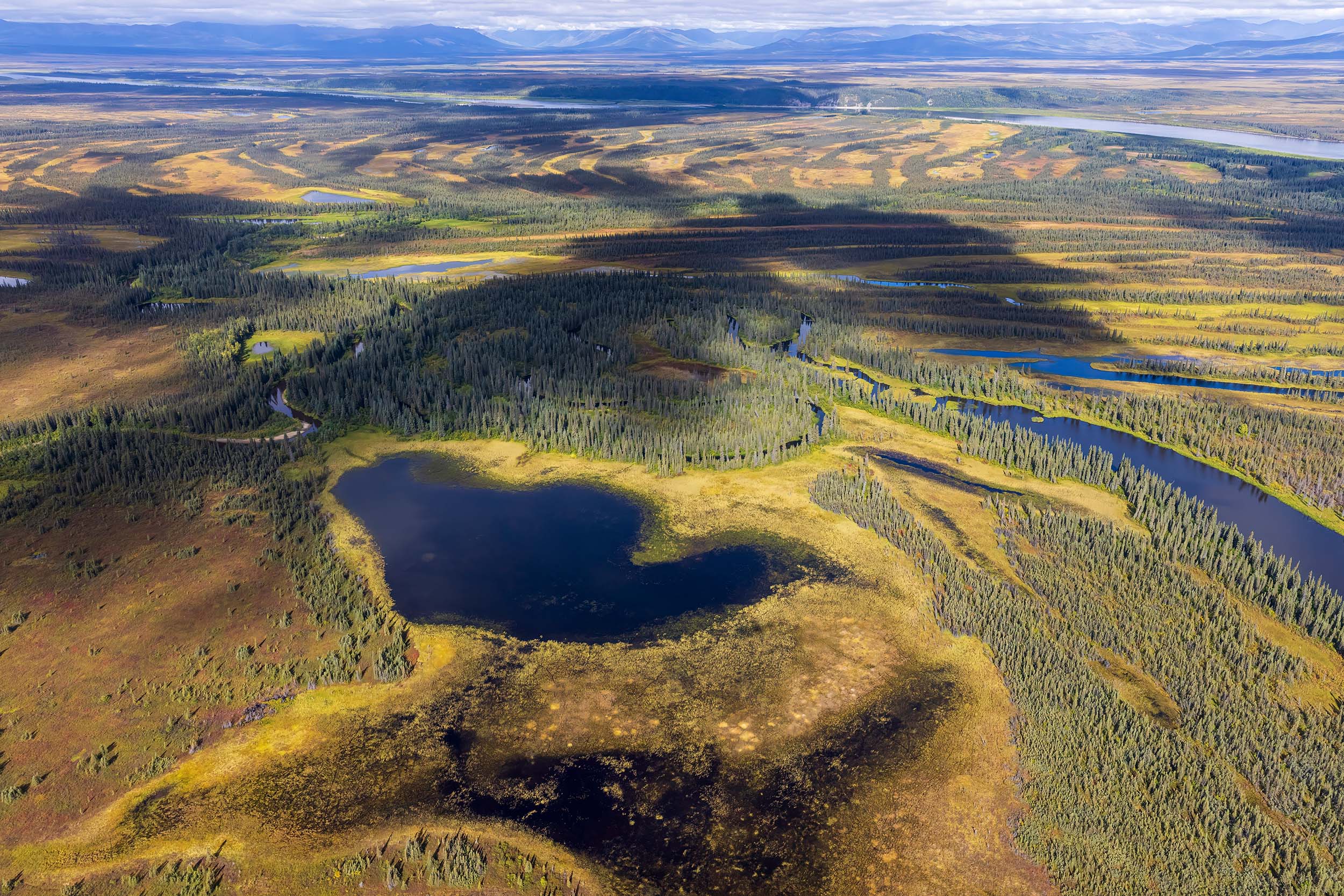Park Information Quick Facts
Location: Alaska
Park Size: 1,750,716 Acres
Time Needed: 3-5 days
Best Season: June to July
Must Do:Onion Portage
Pro Tips: Plan your trip during late summer or early fall to witness the breathtaking caribou migration.
Visitor Centers
Kobuk Valley National Park is one of the most remote national parks in the United States, and it does not have an on-site visitor center within the park itself. However, the Northwest Arctic Heritage Center, located in Kotzebue, Alaska, serves as the gateway for those planning to explore the park. The Heritage Center provides visitors with essential resources, including exhibits on the park’s natural features, cultural history, and wildlife. Rangers are available to answer questions, share tips for navigating the rugged terrain, and provide information on the unique seasonal phenomena, such as the caribou migration and the midnight sun. For those unable to reach the park itself, the center offers an excellent opportunity to learn about Kobuk Valley’s wonders.
Plan Your Kobuk Valley Adventure Today!
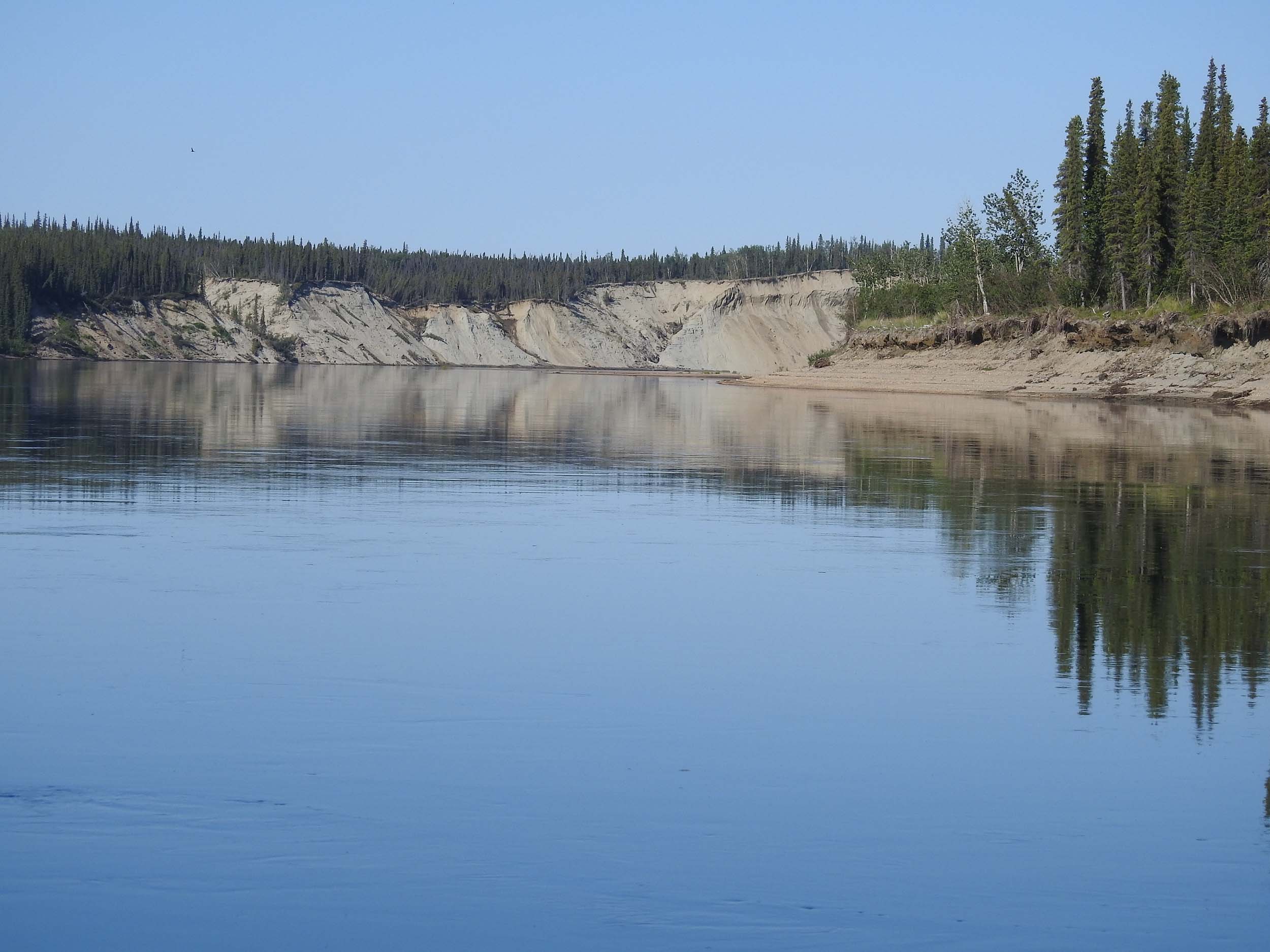
Getting There
How to Travel to Kobuk Valley National Park
Traveling to Kobuk Valley National Park is a unique adventure that requires thoughtful planning due to its remote location and lack of infrastructure. The journey typically begins in Anchorage or Fairbanks, Alaska, where visitors can take a commercial flight to the town of Kotzebue, the nearest community to the park. Kotzebue serves as a gateway to Kobuk Valley and is home to the Northwest Arctic Heritage Center, where travelers can learn about the park, get maps, and receive guidance for their trip. From Kotzebue, access to the park itself is by chartered bush plane or, in some cases, via boat along the Kobuk River, depending on the season and weather conditions. It’s essential to book transportation with an experienced operator familiar with the region’s challenging terrain and weather patterns.
Once you’ve secured a way into the park, you’ll need to decide on the focus of your visit. Popular entry points include the Great Kobuk Sand Dunes, where visitors can marvel at the largest active sand dunes in the Arctic, and the Kobuk River, which offers excellent opportunities for canoeing or kayaking. Flights typically land on gravel bars or other natural clearings, so travelers must be prepared for a true backcountry experience. The lack of trails, established campsites, or services means that visitors should be skilled in wilderness navigation and carry all necessary gear, including a GPS device, food, shelter, and first aid supplies. The park’s remote nature ensures solitude and breathtaking encounters with untouched landscapes, but it also requires a strong commitment to self-reliance.
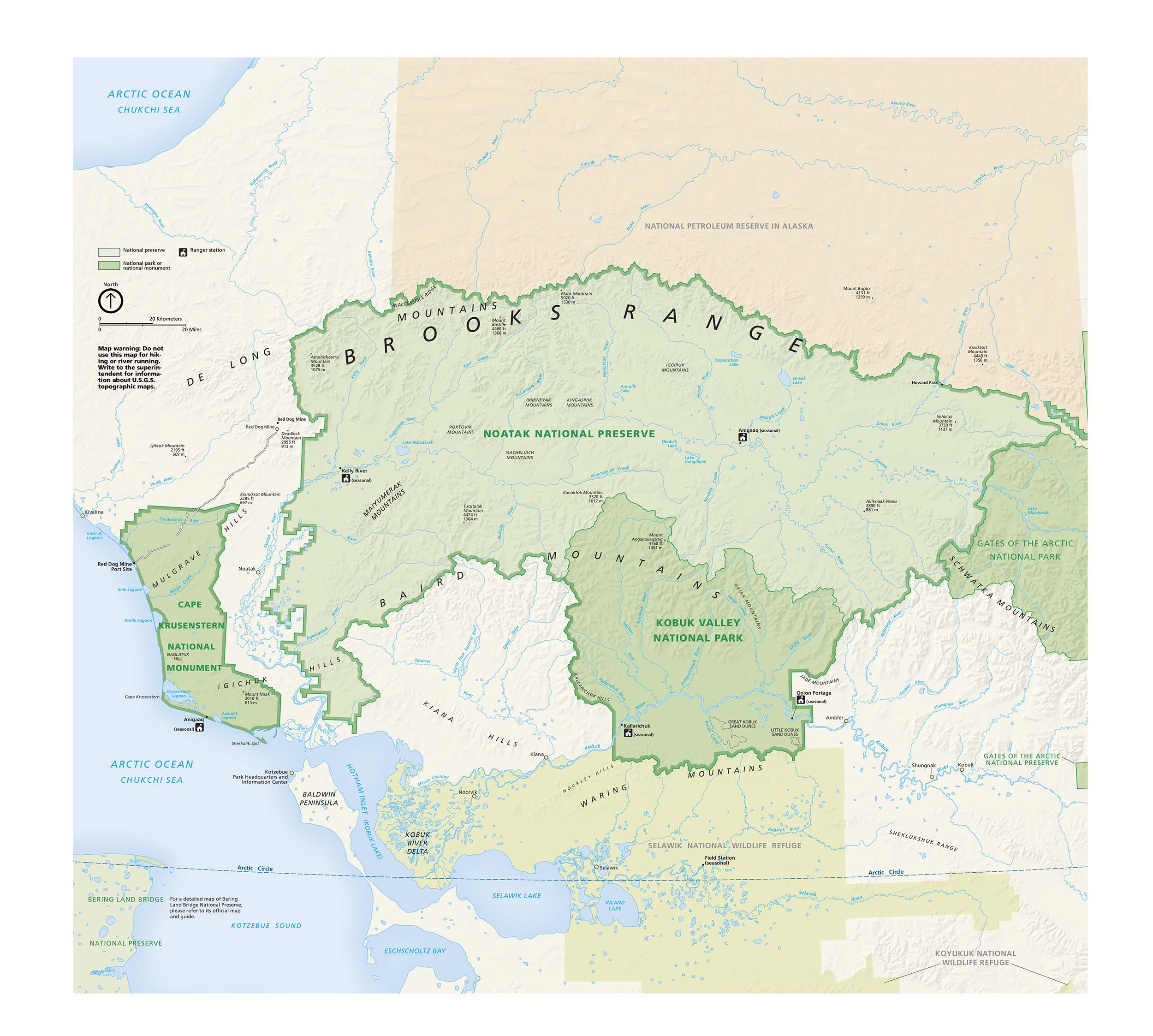
Camping
Great Kobuk Sand Dunes
- Description: These Arctic sand dunes are a striking and unique location for camping. The rolling dunes provide a surreal landscape, offering incredible opportunities for exploration, photography, and solitude.
- Terrain: Sandy and soft, with little vegetation or shelter.
- Tips: Use sand stakes for your tent, prepare for strong winds, and carry plenty of water, as natural sources are scarce in the dunes.
Kobuk River Gravel Bars
- Description: Ideal for campers exploring the park by canoe or kayak, these gravel bars along the Kobuk River offer flat, stable ground for setting up camp.
- Terrain: Gravel and riverbank areas, often near water for easy access.
- Tips: Beware of fluctuating water levels and store food securely to prevent attracting wildlife. This location is excellent for fishing and observing caribou migrations in season.
Boreal Forests
- Description: The park’s boreal forest regions provide some natural shelter from the wind and a chance to camp closer to wildlife habitats. These areas are lush and quiet, making them ideal for a tranquil experience.
- Terrain: Dense vegetation with some open clearings.
- Tips: Bring insect repellent, especially in the summer months, as mosquitoes can be prevalent.
Tundra and Upland Areas
- Description: These open areas offer expansive views of the Arctic landscape, including the surrounding mountains and the vast, untouched tundra.
- Terrain: Soft, uneven ground with minimal vegetation.
- Tips: Ensure you have durable, lightweight camping gear and prepare for exposure to the elements, as there’s little natural shelter.
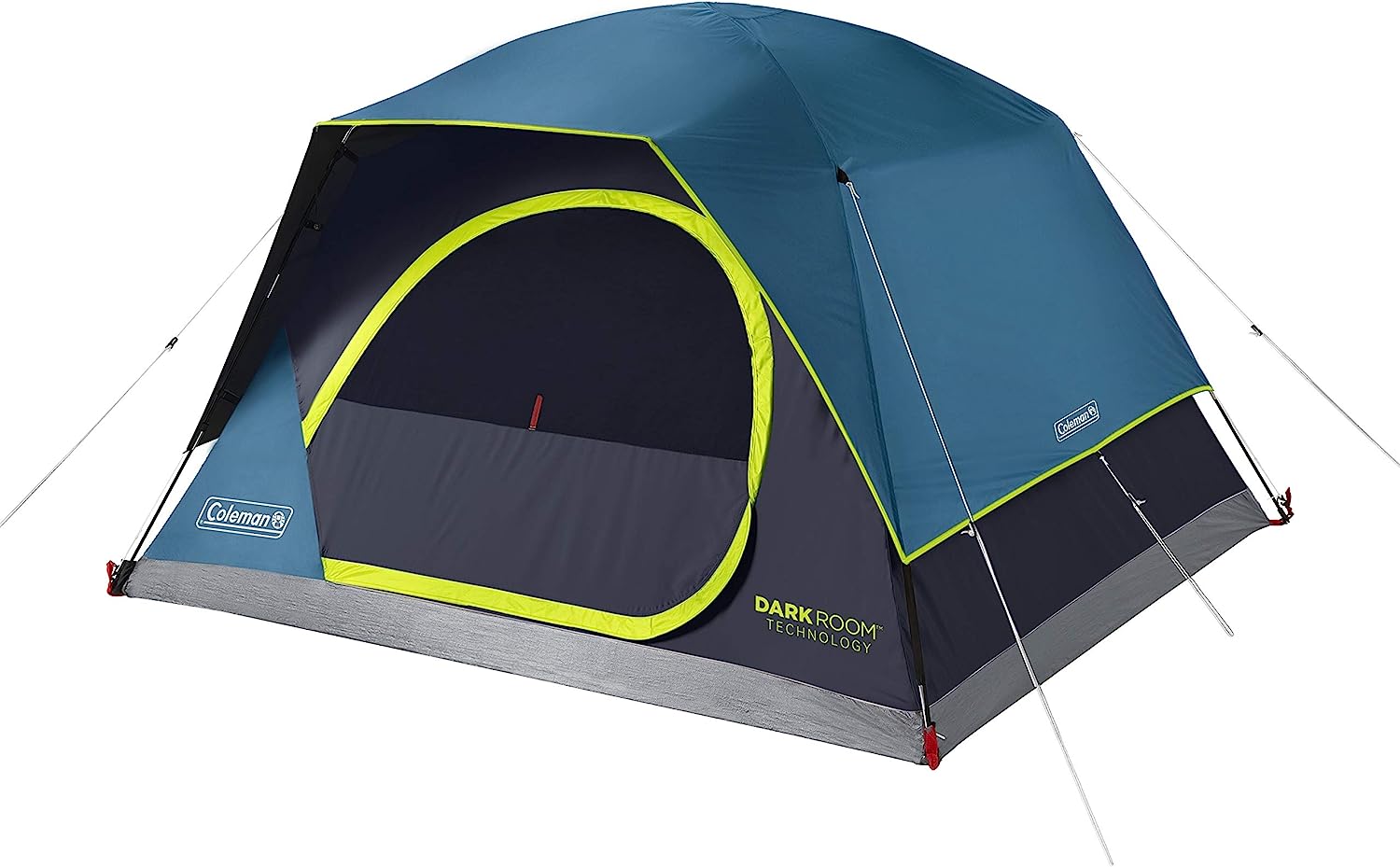
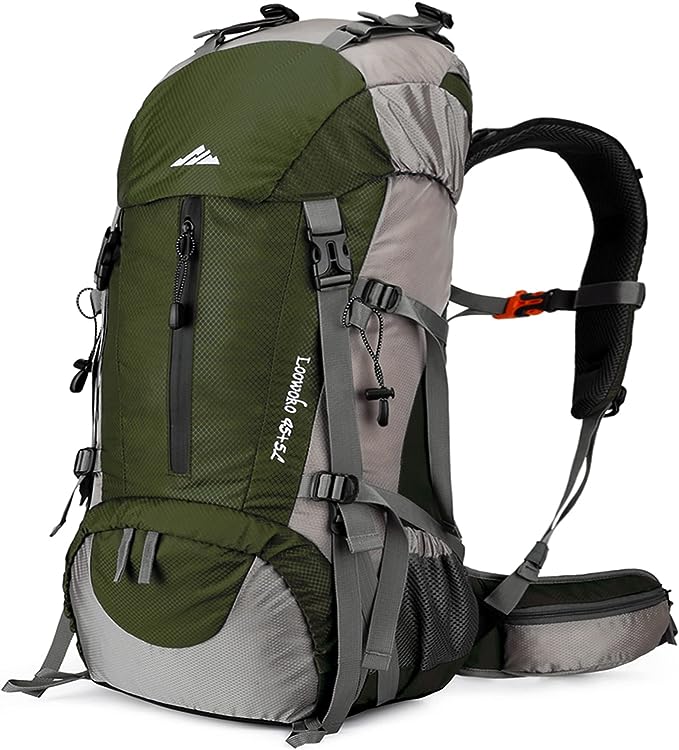
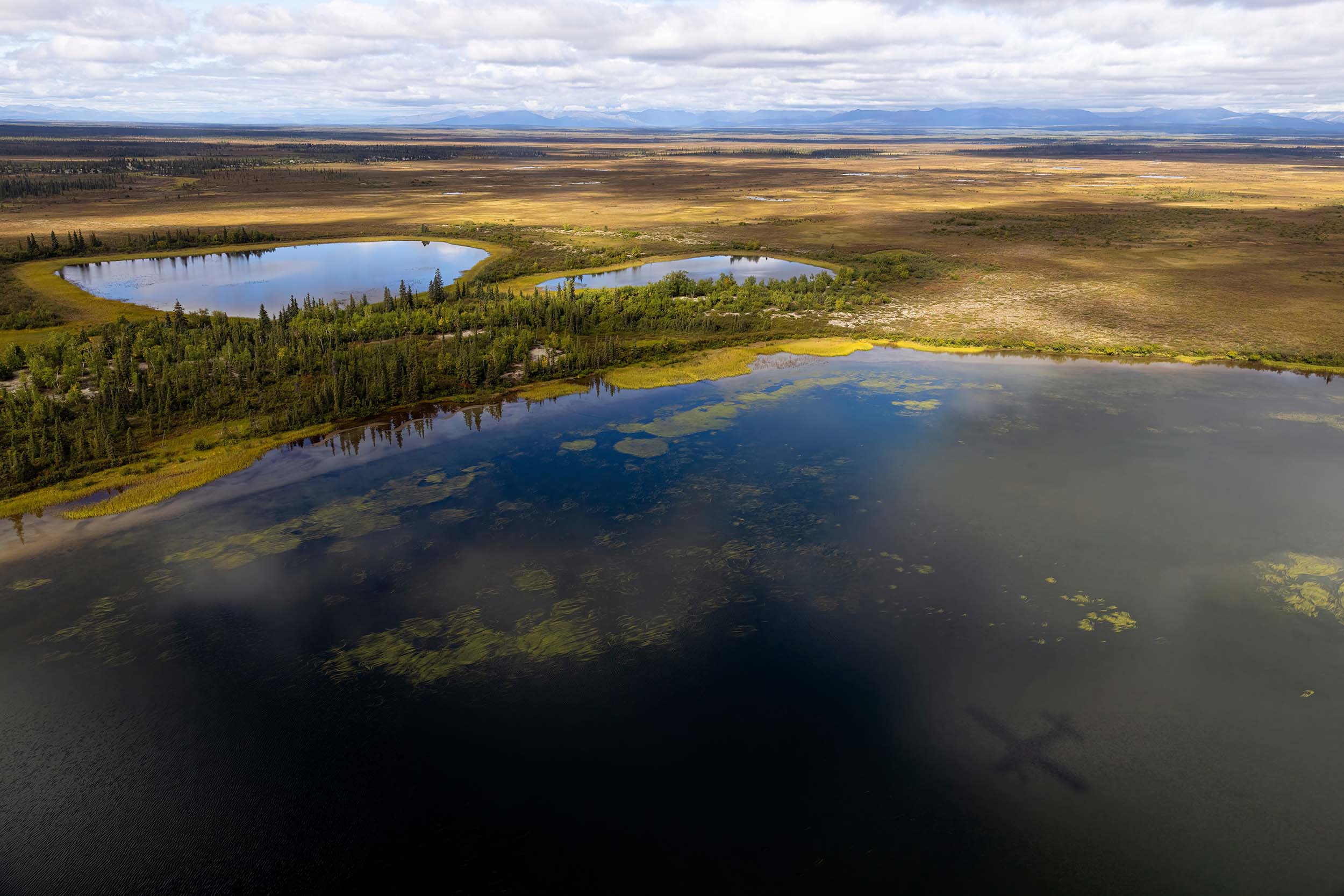
General Considerations for Camping in Kobuk Valley:
- Permits: No permits are required for camping in the park, but visitors should notify someone of their plans due to the remoteness of the area.
- Bear Safety: Use bear-proof containers for food and keep campsites clean to minimize wildlife interactions.
- Leave No Trace: Pack out all waste and avoid disturbing the natural environment.
- Navigation: Bring a GPS device or detailed topographic maps, as there are no marked trails or paths.
Popular Hiking Trails
Great Kobuk Sand Dunes
- Description: The most iconic feature of the park, these massive sand dunes are a must-see for hikers. The dunes cover about 25 square miles and rise up to 100 feet in height, offering a surreal hiking experience in the Arctic.
- Difficulty: Moderate to challenging due to loose sand and lack of shade.
- Tips: Wear sturdy footwear, carry plenty of water, and prepare for wide temperature variations between day and night.
Tundra Hikes
- Description: The open tundra offers an incredible opportunity to traverse vast, rolling landscapes with uninterrupted views of the Arctic wilderness. It’s a great area for wildlife spotting and experiencing the solitude of the park.
- Difficulty: Moderate to challenging, as the uneven and soft ground can make hiking strenuous.
- Tips: Waterproof boots are essential, as the tundra can be boggy, especially in summer.
Mountains on the Periphery
- Description: The Baird Mountains, located on the western edge of the park, offer more challenging hiking opportunities with potential for elevation gains and stunning views of the valley.
- Difficulty: Challenging due to rugged terrain and lack of marked paths.
- Tips: Be prepared for steep climbs and unpredictable weather; this area is best for experienced hikers.
Kobuk River Corridor
- Description: Hikers along the Kobuk River can enjoy scenic views of the water, gravel bars, and surrounding forest. This area is particularly popular for those combining hiking with river trips.
- Difficulty: Easy to moderate, depending on the chosen route and terrain.
- Tips: Be cautious of riverbank erosion and wildlife, and consider carrying bear spray.
Boreal Forest Exploration
- Description: The boreal forests provide a more sheltered hiking environment, with towering spruce trees and diverse plant life. This area is ideal for short exploratory hikes or setting up camp.
- Difficulty: Easy to moderate, but dense vegetation may require bushwhacking in some areas.
- Tips: Mosquito repellent is a must during summer months, and hikers should watch for wildlife.
Hiking Trails in Kobuk Valley National Park
Hiking in Kobuk Valley National Park offers an unparalleled experience for those seeking to explore one of the most remote and pristine wilderness areas in the United States. Unlike many national parks, Kobuk Valley has no designated trails, giving hikers the freedom to venture off the beaten path and immerse themselves in the raw beauty of the Arctic landscape. The park’s varied terrain—from the vast Great Kobuk Sand Dunes to the dense boreal forests and expansive tundra—provides a range of environments to discover, each offering its own unique challenges and rewards. Hikers can plan their route based on personal interests, whether that’s exploring the dunes, following the Kobuk River, or hiking through the tranquil forests.
The Great Kobuk Sand Dunes, one of the park’s most iconic features, is a popular hiking destination. These massive dunes, which rise up to 100 feet tall, stretch across approximately 25 square miles of the park. Hiking here can be challenging due to the loose, shifting sands, but it’s also incredibly rewarding. The dunes provide breathtaking panoramic views of the surrounding landscape, and hikers often enjoy the solitude and peace that comes with navigating this unique desert-like environment. For those willing to endure the physical effort, the dunes offer the chance to witness dramatic changes in scenery as they traverse different elevations, with the stark contrast of sand against the surrounding Arctic tundra.
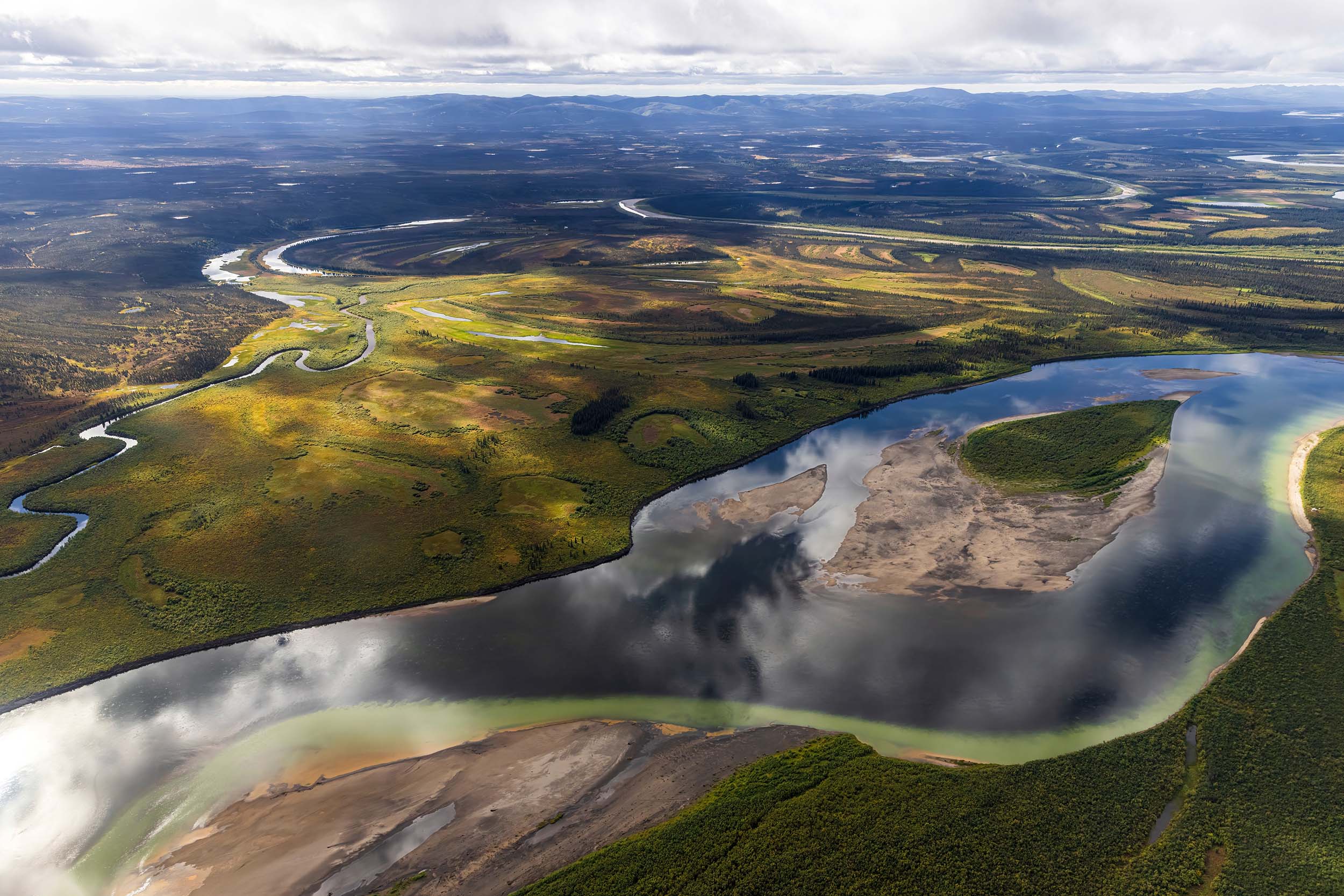
Wildlife at the Park
Kobuk Valley National Park is home to a diverse array of wildlife, making it an incredible destination for nature enthusiasts and wildlife watchers. The park’s vast and varied ecosystems, ranging from sand dunes to boreal forests and tundra, support an impressive range of animals adapted to the harsh Arctic environment. One of the most iconic species in the park is the Western Arctic caribou herd, which migrates through the valley twice a year. The herd, which numbers in the hundreds of thousands, crosses the Kobuk River and travels across the expansive tundra, offering a breathtaking natural spectacle for those fortunate enough to witness it. These caribou play a crucial role in the park’s ecosystem, providing food for predators like wolves and bears, and their migratory patterns have been followed by indigenous Inupiat people for thousands of years.
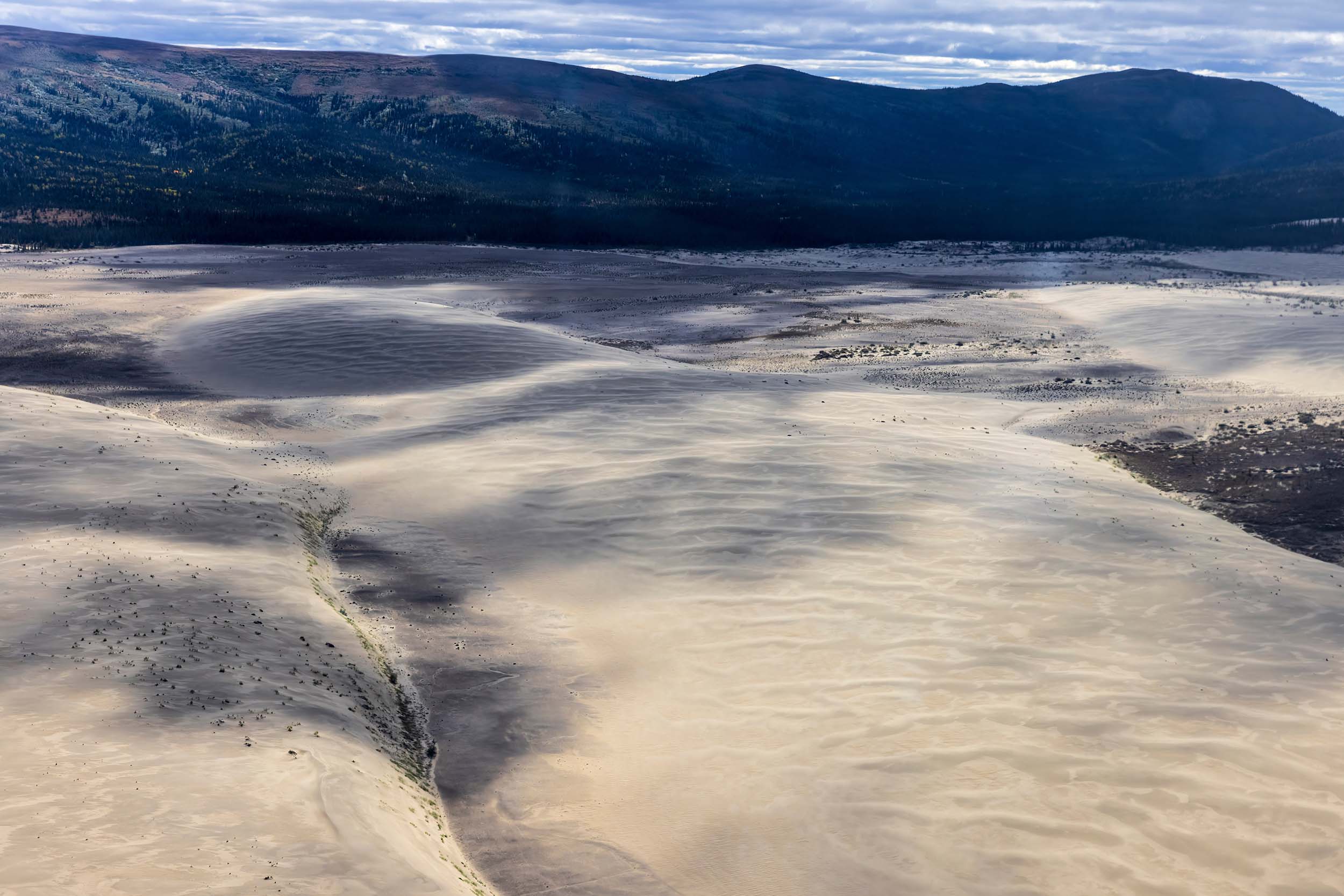
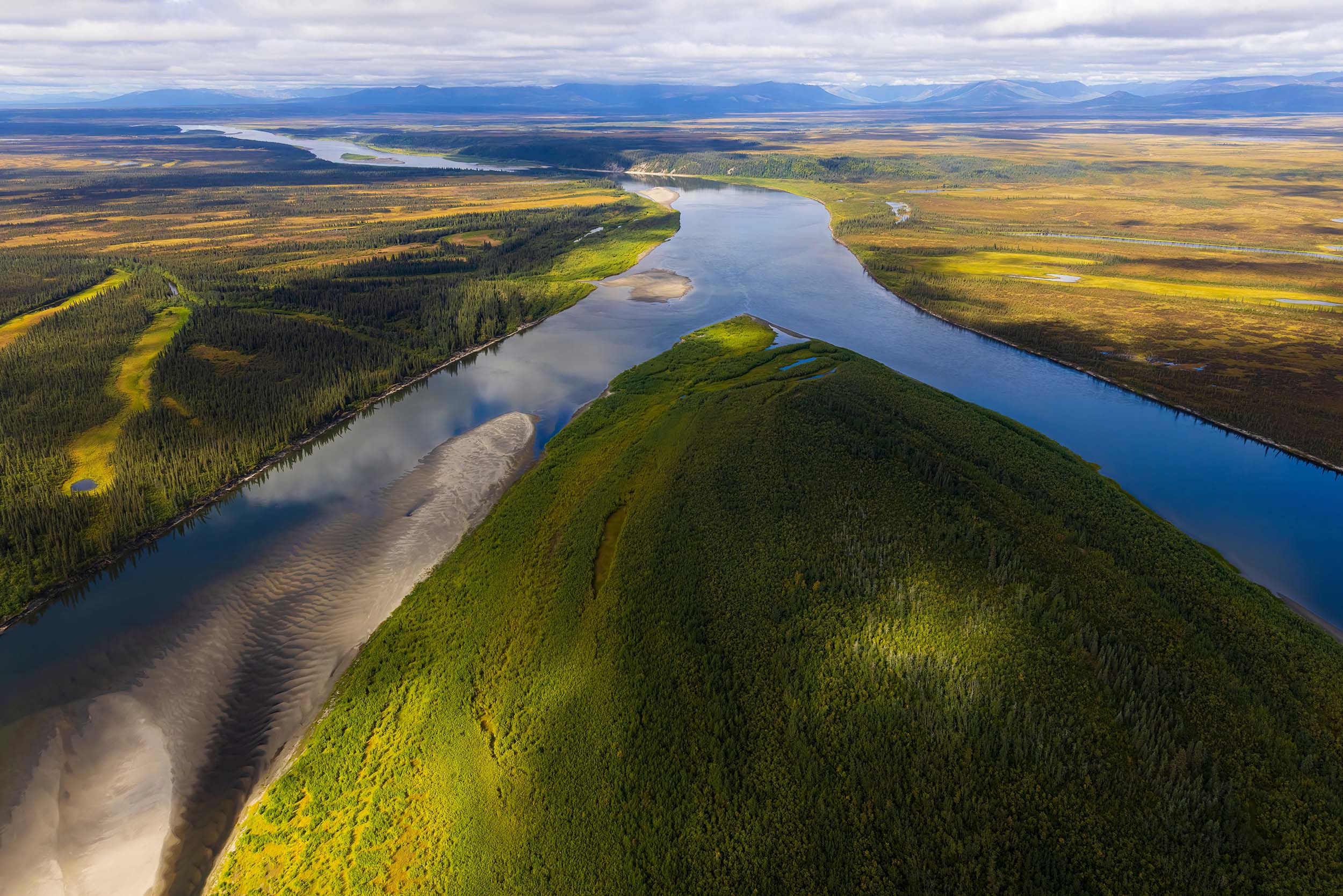
In addition to caribou, Kobuk Valley is home to a variety of large mammals, including grizzly bears, black bears, and moose. Grizzly bears are often found in the park’s forested areas, where they forage for berries, fish, and small mammals. Moose can be spotted throughout the park, particularly in the wetlands and along the riverbanks, where they graze on aquatic vegetation. The park’s rivers and lakes also support a healthy population of fish, including Arctic grayling and salmon, which attract bears and birds of prey. As visitors explore the park, they may encounter these large mammals, but it’s important to maintain a safe distance and practice bear safety, as the wildlife here is wild and untamed.
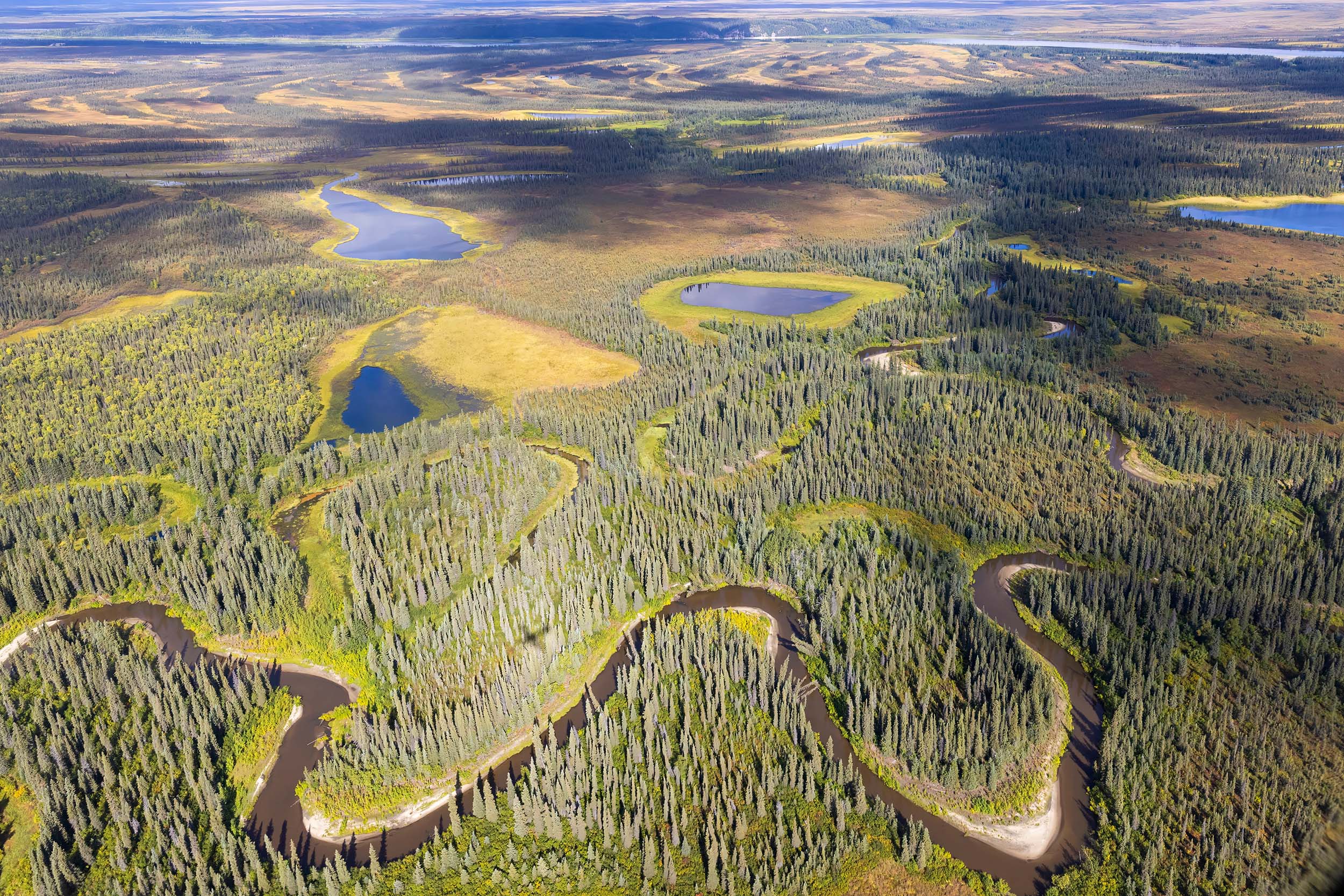
Gear We Used

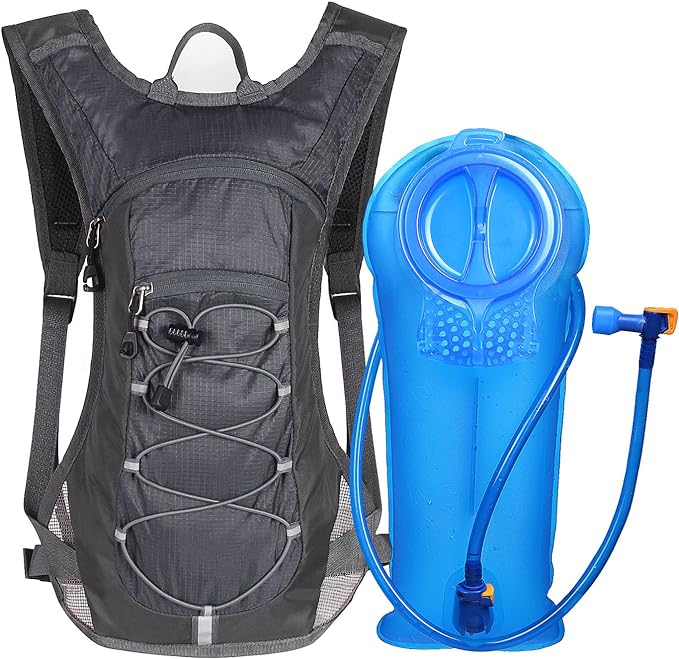
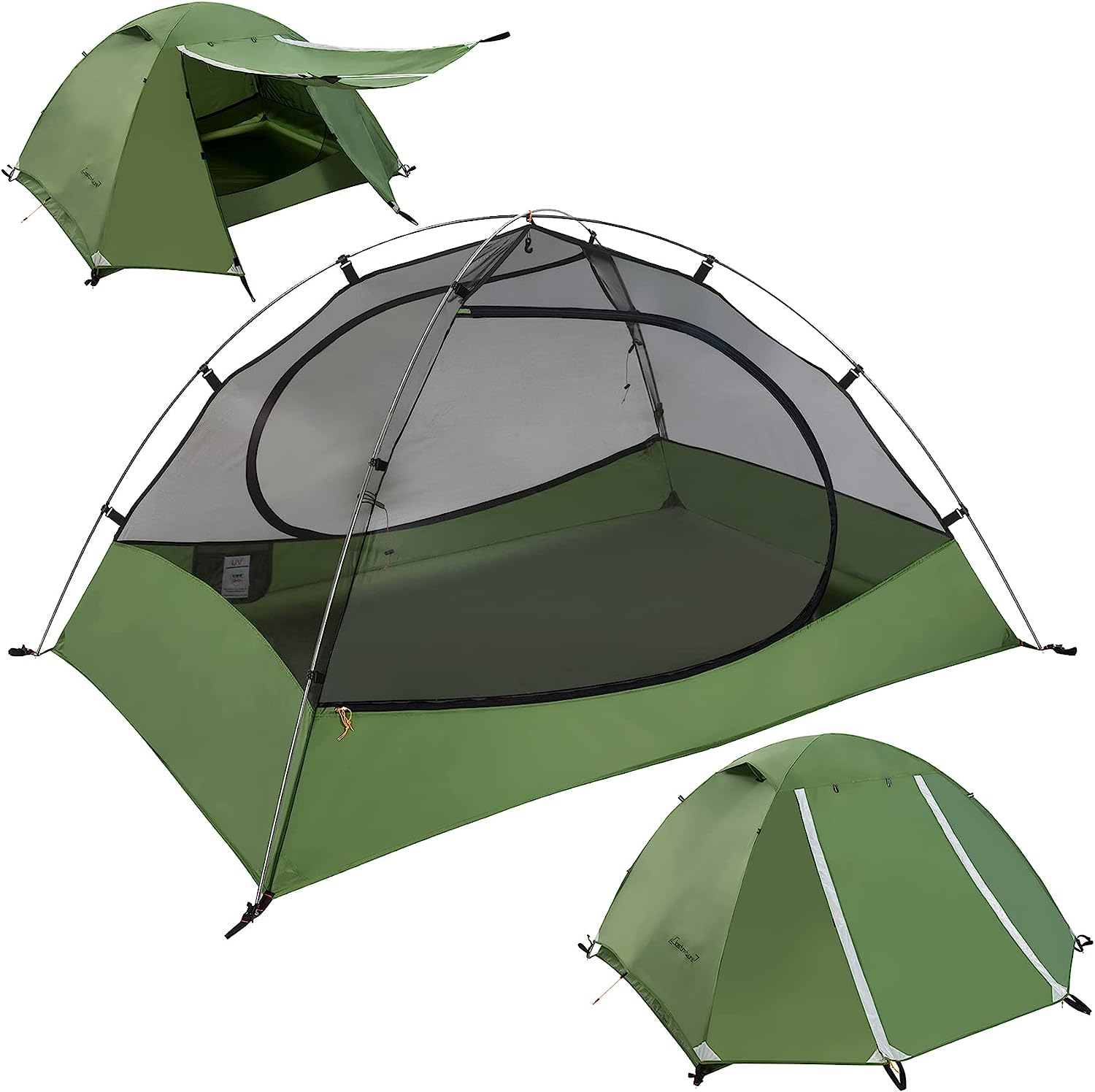
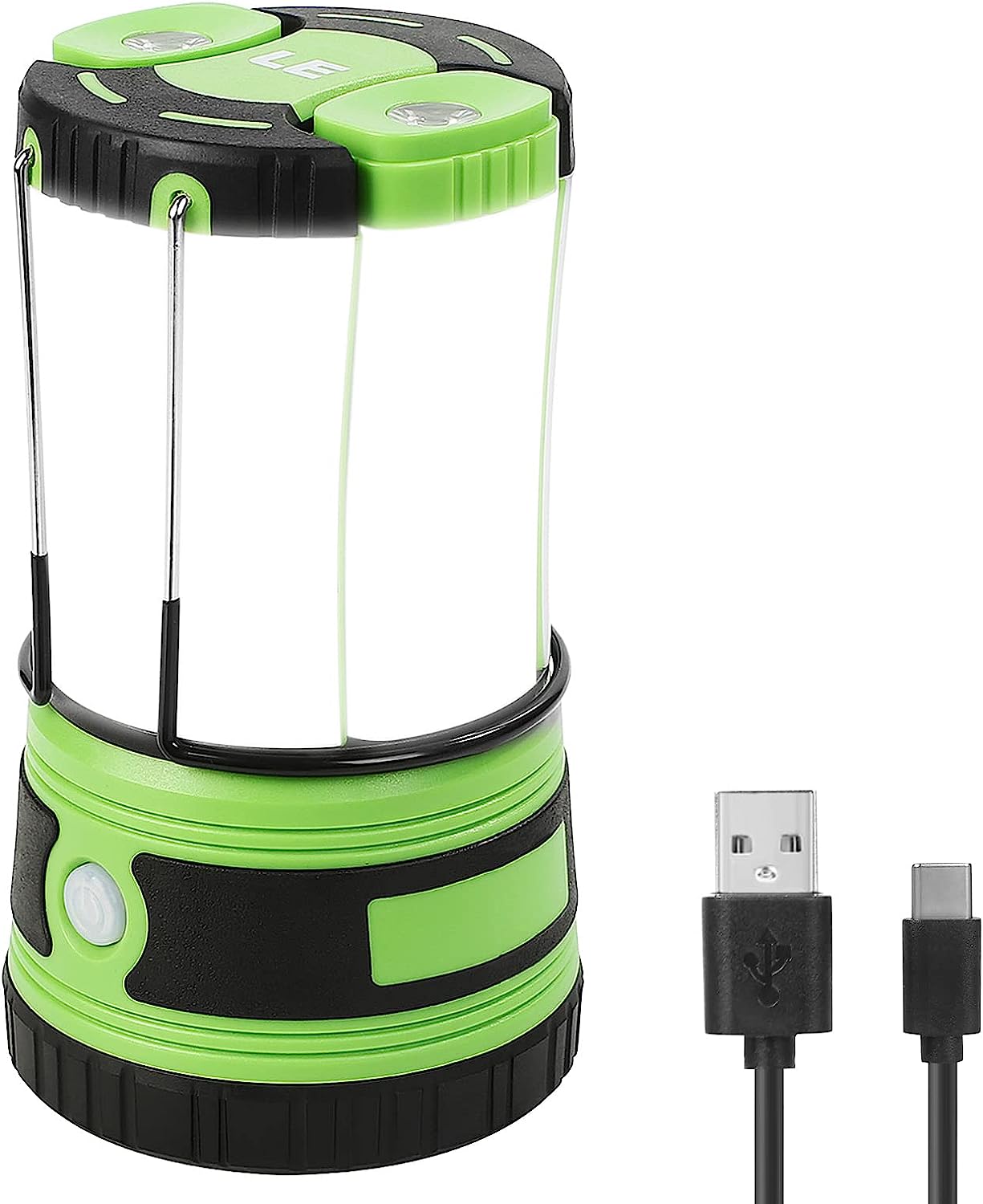
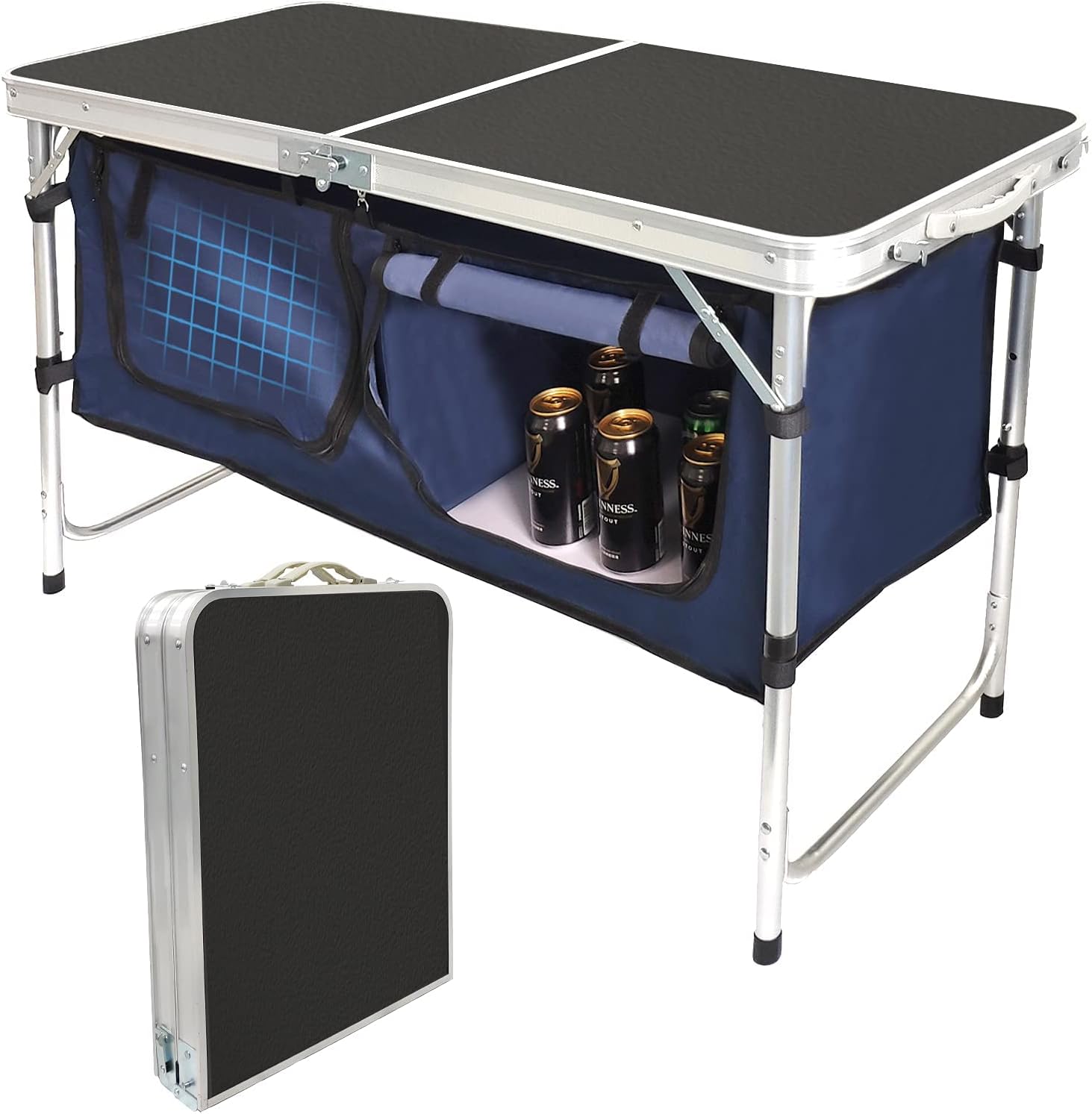
Must-Do Activities
Explore the Great Kobuk Sand Dunes
A visit to Kobuk Valley National Park would not be complete without experiencing the Great Kobuk Sand Dunes, the largest active sand dunes in the Arctic. Hiking across these vast dunes offers a unique opportunity to explore a surreal desert-like landscape in the far north. The views from the top are breathtaking, with sweeping panoramas of the surrounding tundra and mountains. It’s also an excellent spot for photography, particularly during sunrise or sunset when the shifting light creates dramatic shadows and contrasts.
Witness the Caribou Migration
If you’re visiting in late summer or early fall, witnessing the migration of the Western Arctic caribou herd is a must. The park is a prime location for observing this spectacular natural event, as the caribou travel across the Kobuk River and through the valley. The migration is one of the most significant wildlife phenomena in the Arctic, and it’s an unforgettable experience for nature lovers. You may also have the chance to see other wildlife, such as wolves, bears, and foxes, as they follow the caribou.
River Exploration and Canoeing/Kayaking
The Kobuk Valley National Park History
The history of Kobuk Valley National Park is deeply intertwined with the region’s natural environment and the indigenous peoples who have lived in the area for thousands of years. The park is part of the ancestral homeland of the Inupiat people, who have traditionally relied on the resources of the Kobuk River and the surrounding lands for their subsistence. They hunted caribou, fished for salmon, and gathered plants, following seasonal migrations and natural patterns. The Inupiat have a rich cultural connection to the land, with oral traditions and historical knowledge passed down through generations. Evidence of their presence, such as ancient caribou hunting sites and fish camps, can still be found throughout the park, offering a glimpse into their way of life.
The modern history of Kobuk Valley is marked by the establishment of the park itself in 1980. The area was initially protected under the Alaska National Interest Lands Conservation Act (ANILCA), which created several national parks and protected areas across the state to preserve Alaska’s pristine wilderness. Kobuk Valley National Park was designated to safeguard its unique geological features, including the Great Kobuk Sand Dunes, and to protect the wildlife and ecosystems that have remained largely untouched by human development. This designation was part of a broader effort to ensure that the natural beauty and ecological significance of Alaska’s wild spaces would be preserved for future generations.
